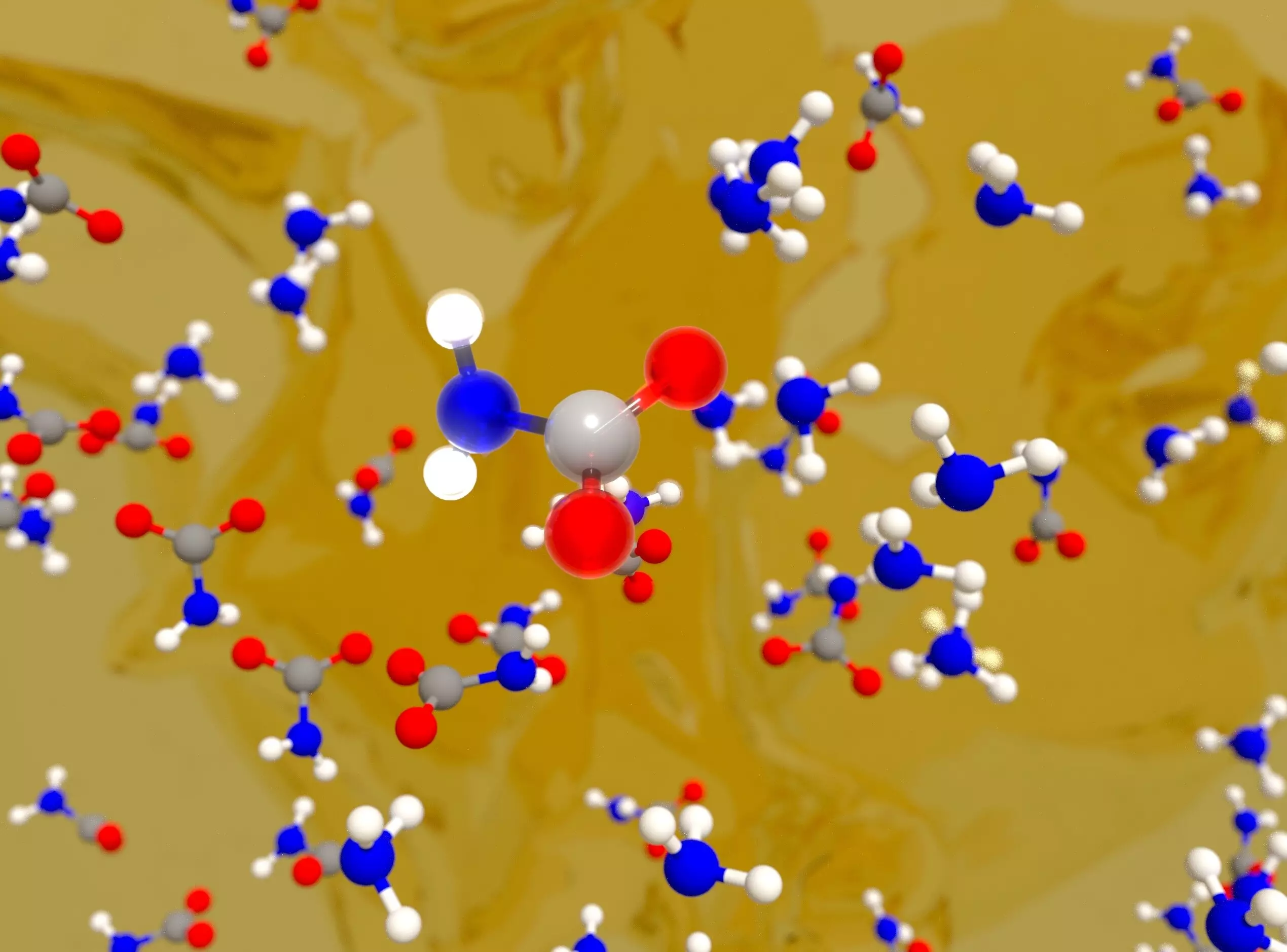The escalating threat of climate change has prompted extensive global efforts to reduce greenhouse gas emissions, primarily carbon dioxide (CO2). Despite ambitious initiatives to transition towards renewable energy sources, studies, including projections from the U.S. Department of Energy, suggest that a significant portion of energy production will continue to stem from non-renewable resources well into the future. This stark reality underscores the pressing need for advanced technologies not only to develop cleaner energy but also to devise effective strategies for capturing existing CO2 emissions in the atmosphere.
Direct Air Capture (DAC) technologies have emerged as a prominent solution in the battle against climate change. By extracting CO2 directly from the atmosphere, DAC systems can mitigate the impact of residual emissions that may persist even as the energy landscape evolves. Among the various materials researched for DAC applications, amine-based sorbents stand out due to their remarkable efficiency in binding CO2, even at extremely low concentrations. Their low operational costs have enabled several companies to adopt and scale these technologies, making significant strides towards alleviating global warming.
Despite the promising capabilities of amine-based sorbents, critical gaps in understanding the underlying chemical processes of CO2 capture persist. Researchers at Lawrence Livermore National Laboratory (LLNL) have made significant strides in addressing this issue by developing an innovative machine-learning model to unravel the atomic-level interactions involved in CO2 capture. The team’s work reveals that the binding of CO2 to amines is not a straightforward process; it involves the establishment of delicate carbon-nitrogen bonds coupled with a complex network of solvent-mediated proton transfer reactions.
Understanding the mechanisms of CO2 capture is essential for optimizing amine-based sorbents. The LLNL research indicates that these proton transfer reactions are pivotal in stabilizing CO2-bound species, influenced by the quantum behavior of protons. This newfound insight significantly advances the theoretical framework surrounding CO2 capture, allowing for a more profound understanding of how modifications to sorbent structures could enhance performance. As noted by lead author Marcos Calegari Andrade, this research encourages the application of machine learning to various amines with diverse chemical structures, showcasing the versatility and potential of this approach.
The methodology employed by the LLNL team integrates grand-canonical Monte Carlo simulations with enhanced sampling methods in molecular dynamics. This robust framework not only produces outcomes that are directly correlatable to experimental data but also fosters a crucial feedback loop between simulation and laboratory measurements. This nurtures a more dynamic interaction between computational predictions and empirical validation, a synergy that can lead to groundbreaking advancements in the understanding of CO2 capture mechanisms.
The research conducted at LLNL not only enriches our fundamental understanding of the processes involved in CO2 capture but also sets the stage for the development of next-generation materials. As the co-authors Simon Pang and Sichi Li assert, the tool developed through this study is indispensable for engineering more effective carbon capture technologies. As we continue down this path, the ability to design materials with specific chemical attributes tailored for optimal CO2 binding will be crucial in our pursuit of net-zero greenhouse gas emissions.
As nations strive for decarbonization, the intersection of machine learning and advanced simulation techniques promises a transformative impact on our approach to tackling climate change. By addressing knowledge gaps and enhancing our understanding of amine-based sorbents through innovative research at LLNL, we are not just paving the way for the evolution of DAC technologies, but we are also potentially accelerating the timeline for achieving a sustainable future. The results of this research signify a hopeful leap forward in our relentless fight against climate change, aligning cutting-edge science with the urgent needs of our planet.


Leave a Reply